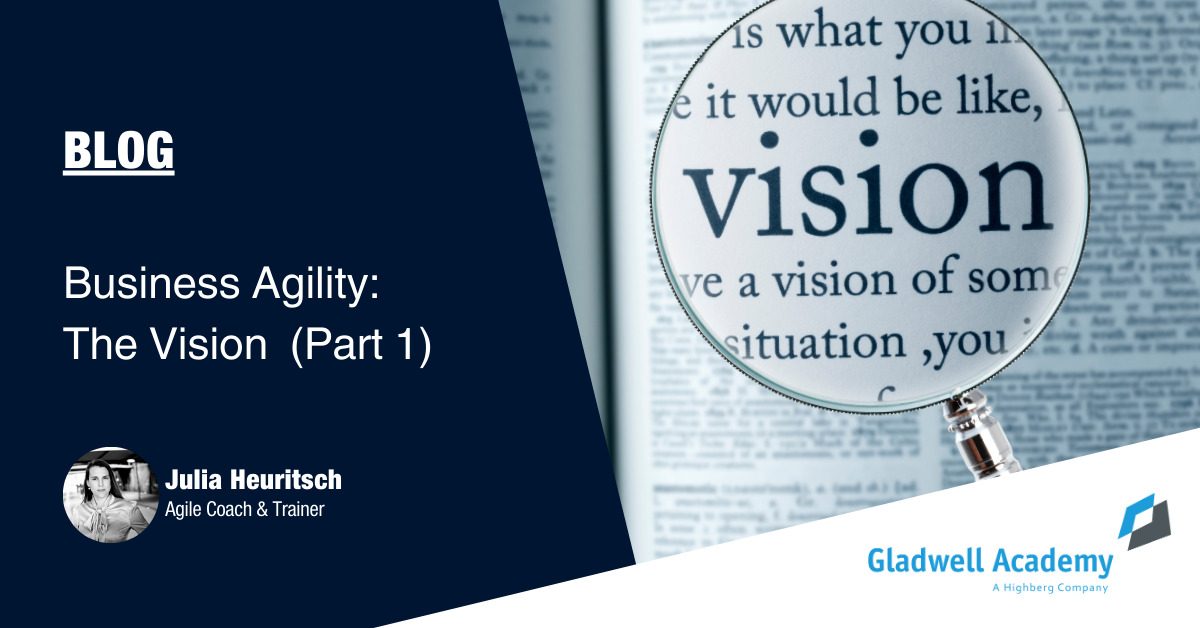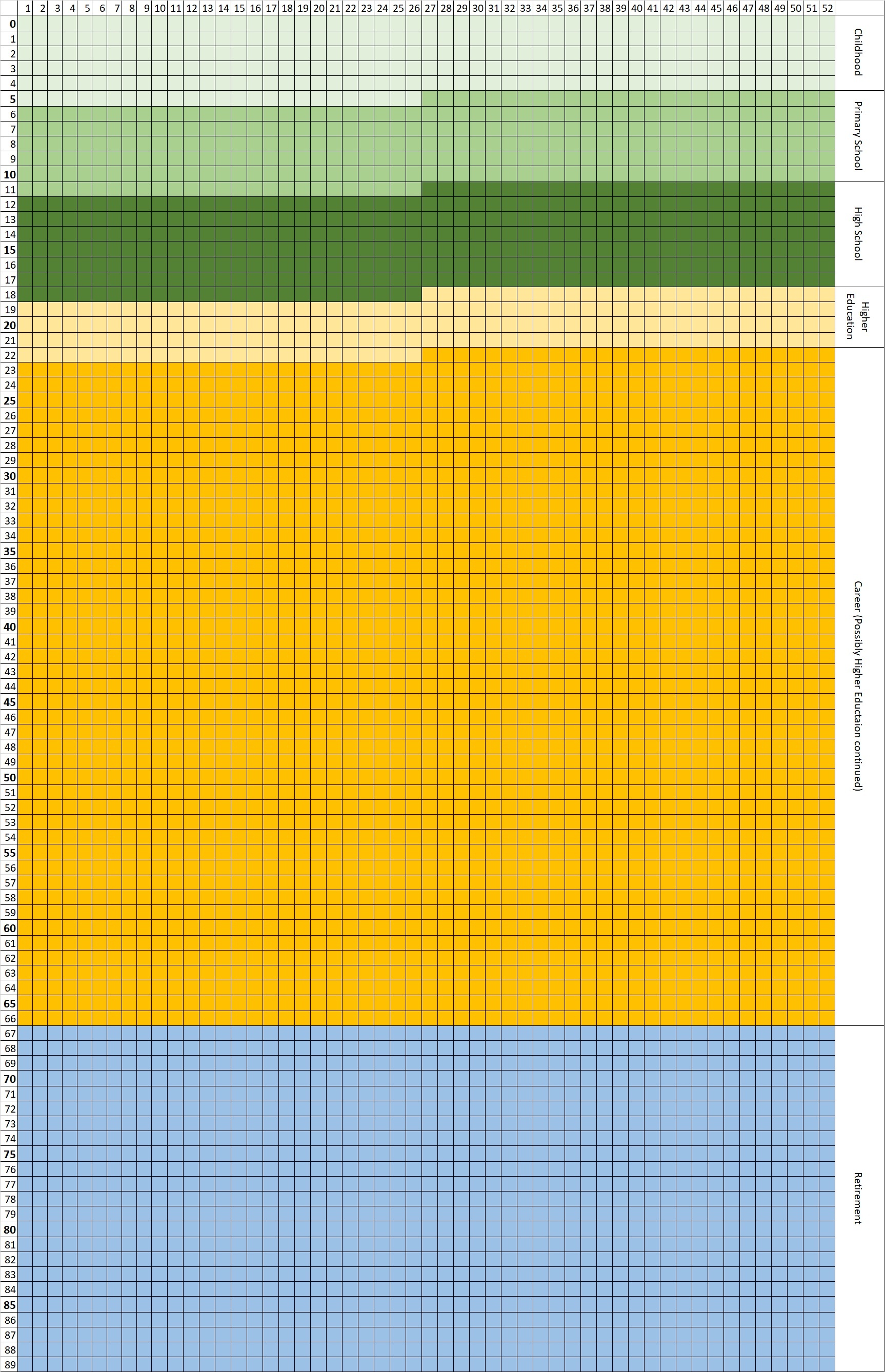Today’s workforce consists mainly of so-called knowledge workers. As opposed to the “blue-collar” workers, preforming mainly manual tasks, knowledge workers are defined as high-level workers who apply theoretical and analytical knowledge to develop products and services. This kind of creative development is intrinsically more complex than the manual tasks we are used to from the industrial conveyor belt related work.
Quite generally, our world has become increasingly more complex and uncertain. Our world has become VUCA:
- Volatile: Our world – including its industries & markets – changes with increasing and differing nature, speed, volume and magnitude. The more volatile an environment, the more it responds to the change.
- Uncertain: In today’s world more is unknown than there is known. The only certainty is uncertainty. We can only predict the future very limitedly. This is what is referred to as the cone of uncertainty.
- Complex: Today’s world consists of a multitude and diverse set of interconnected factors that need to be taken into account when making (work-related) decisions. This complex interconnectedness of various aspects means that we need to move away from our linear understanding of the world, towards an understanding that input and output may be related in non-linear (not proportionate) ways. Hint: This is one of the reasons why waterfall project management – a linear methodology that requires a project to be completed in sequential steps – is not suitable anymore today.
- Ambiguous: While modern science provides us with a vast knowledge about that facts of our world, many decisions need to be made on basis of the interpretation of these facts with respect to their meaning in a specific context. In our ambiguous world there may not be many absolutely “rights or “wrongs” but rather a “suitable” depending on the context.
The Agile iterative approach can cope much better with a VUCA world than the sequential & linear waterfall approach. VUCA’ is a behavioural leadership model, developed to counteract each of the four aspects of VUCA with a constructive Agile response:
VUCA’:
- Vision: In a world that is undergoing constant change, a shared vision aligns members of the organisation, customers & stakeholders. This vision gives purpose and meaning, which increases the autonomous motivation of employees, and, in turn, their commitment to the vision.
- Understanding: The Agile’s way of incremental & iterative experimenting shines light on otherwise hidden factors and thereby reduces uncertainty to the extent possible at a given moment in time.
- Clarity: By simplifying some processes, some complexity can virtually be reduced. Think of it like that: Usually, in a family, we always sit at the same spot at the table – because it makes life simpler. Instead of being faced with a choice each time (in fact you can choose from a number of places), you sit down at the same place – voilà you virtually reduced the complexity of the situation. Another example: while a supermarket presents us with a huge amount of choices of what we can eat, many families tend to buy the same products and cook the same meals with little variation. This reduces our cognitive load when deciding what to eat and how to satisfy the family. This virtual reduction of complexity makes our daily lives easier; however, a true “control” over complexity is naturally not possible. Therefore, I would add that facilitating self-organisation also helps to embrace complexity instead of trying to control it.
- Agility: Adaption of the approach to match the desired outcome helps in a world where what is suitable is context-dependent. Agility provides a graceful response to changing/ unknown customer needs. I personally would add that ambiguity tolerance also helps in constructively dealing with ambiguity and that it is an important aspect of the Agile Mindset.



